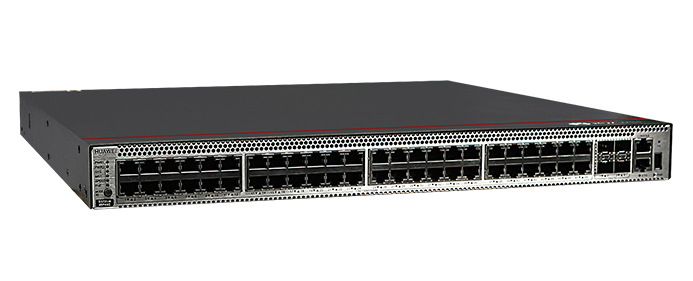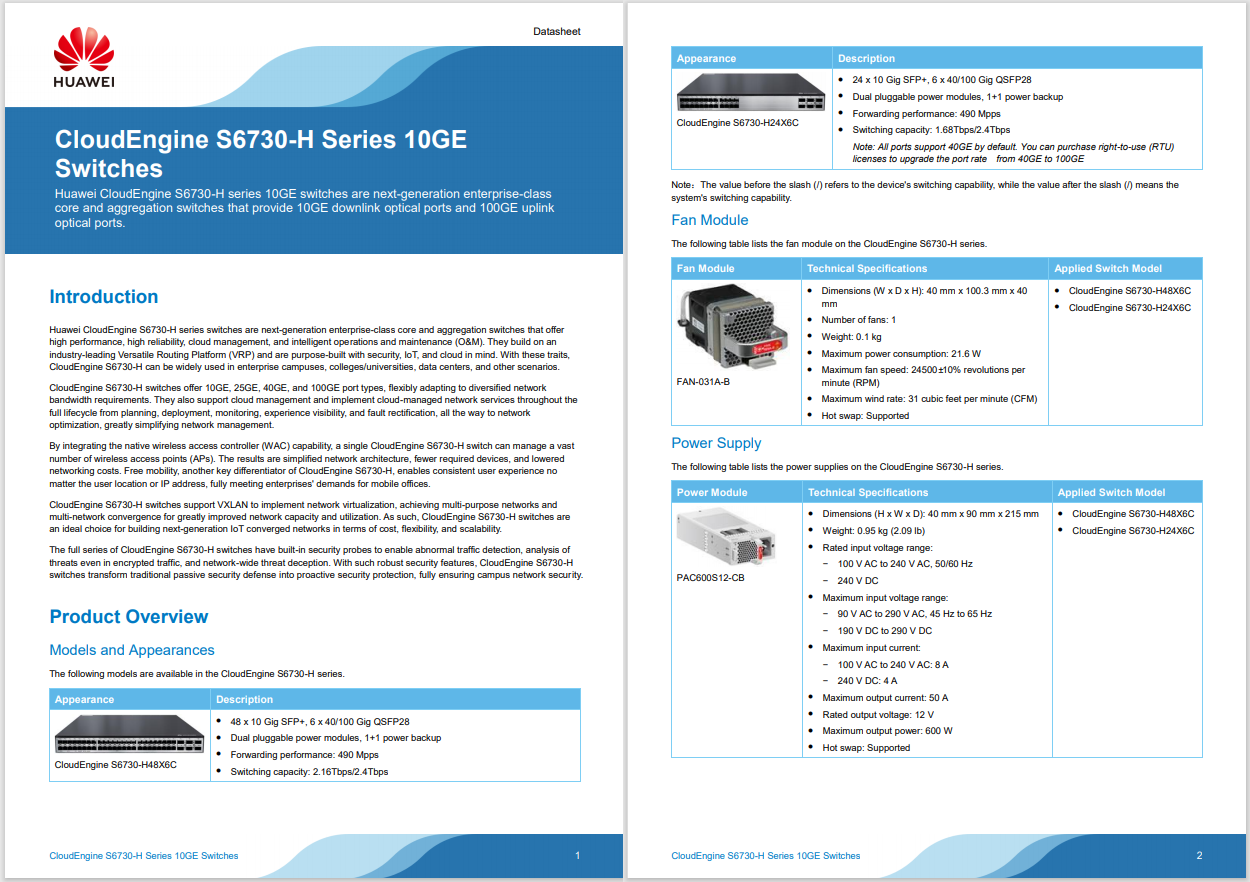































Why software automation support is needed in today's networks
Anyone working in network admin today knows that the network has long since blown passed the days of being managed as a collection of devices. The days of network admins using the CLI to configure devices, or "automating" some tasks with TCL scripts may have worked in the 1990's or early 2000's, but it's simply not enough to keep up with the scale and complexity of today's networks. That said, the business mission for the network hasn't changed. If anything, in today's world of digital transformation, that mission has become even more critical -highly reliable services, rapid remediation of issues, efficient services upgrade process, security.
Administrators must have the ability to manage all those network devices and their services thru software. As a result, the use of traditional CLI copy-paste configurations process is going away, and being replaced by a vast usage of API's to automate large scale networks.
This is what Cisco's DNA Intent Based Networking is all about.
Network administrators can now build simple, yet very powerful software to manage their networks, to automatically detect and alert them for any abnormal behavior, get real time (or close to real time) network status, easily configure and maintain the deployed network devices, etc.
Programmable Networks and the New World of Intent Based Networking
This new world of the intent based, programmable network is not possible unless you have network devices that are programmable. Everything should start with a proper infrastructure management on the device itself. That's where Cisco's IOS-XE comes in -a newly designed, highly programmable operating system for Cisco switches and routers in the enterprise network, which aids the network administrators to manage today's networks.
IOS-XE has support for various popular open standard modelled API's for 'off-box' automation to achieve this. (I.E: OpenConfig, NetConf/Yang):
By modeling each network element's attributes (e.g. BGP, QoS, ACL, etc.) in a structured data structure (e.g. XML/JSON formats, network admins can leverage various parsing API's techniques (e.g. Python's xml.dom.minidom), to develop easy to maintain and easy to scale code.
Since we will not rely on any dedicated CLI syntax to push and/or get the device's configurations/attributes, the API approach is much more preferred as new features/attributes can be augmented to the modeled tree.
This modeled system representation saves a great deal of development cycles for the customers. As long as a network vendor sticks to the models approach, customers can use the same script to automate a Cisco switch, an HP switch, a Juniper router... -Customers no longer need to spend time and money hiring people to specifically develop automation for HP CLI, or for Cisco CLI or for Brocade CLI... The same script that configures the common device's attributes with Netconf will work on any vendor!
Network Devices, now with Linux Built In
In recent years, many network vendors push to have Linux OS based flavors on their devices' operating systems, to allow more openness when it comes to automating processes to be executed on the devices themselves (AKA: On-box automation).
Cisco's IOS-XE has a feature which allows network admins this capability.
It's our IOS-XE GuestShell.
Let's start by understanding what IOS-XE's Guestshell feature is all about:
To learn more about our Guestshell capabilities, see this Cisco blog post.

Analysts Love Cisco's GuestShell
Recently,Miercomdid a report showcasing our Guestshell:
Well, Huawei has no matching feature for Cisco's Linux Guestshell in their S5720HI.
Another point about NetConf support for off-box automation
When it comes to off-box automation, NetConf ( an open-standard models protocols) has become highly popular, due to the rise of software and automation in the networking world.This is where the future of the network automation is going...
Let's see what NetConf is in a nutshell:
As mentioned above, Cisco's IOS-XE supports NetConf's standards, which allow customers to automate Cisco devices using any client that can SSH to our devices via NetConf's port (port 830).


What about the Competition?
And what about Huawei you may ask? While claiming to have NetConf support on their S5720's, Huawei was not completely clear in their tutorials. In order to use NetConf on their S5720HI's, customers are required to purchase their Agile controller which will role as the NMS (Network Management System -see the below diagram taken from their public tutorial)

Additionally, they recommend that customers should avoid using CLI based configurations, should they choose to go with NetConf, as it might create inconsistencies in their device's settings!
With those caveats, Huawei "breaks" the idea of NetConf's concept with their current support, since it requires a "special care" and more investment from the customers in order to make it work...
But don't take my word for it. See for yourself. Download the complete Miercom report, click here.
The bottom line is that having the network managed through software makes the network admin's life much easier. With tools like IOS-XE, and learning resources and sandboxes from DevNet, you have what you need to be the network admin of the future.
 Hot Tags :
#CiscoDNA
Cisco DNA
HUAWEI
Miercom
NB-09
software automation
GuestShell
Hot Tags :
#CiscoDNA
Cisco DNA
HUAWEI
Miercom
NB-09
software automation
GuestShell